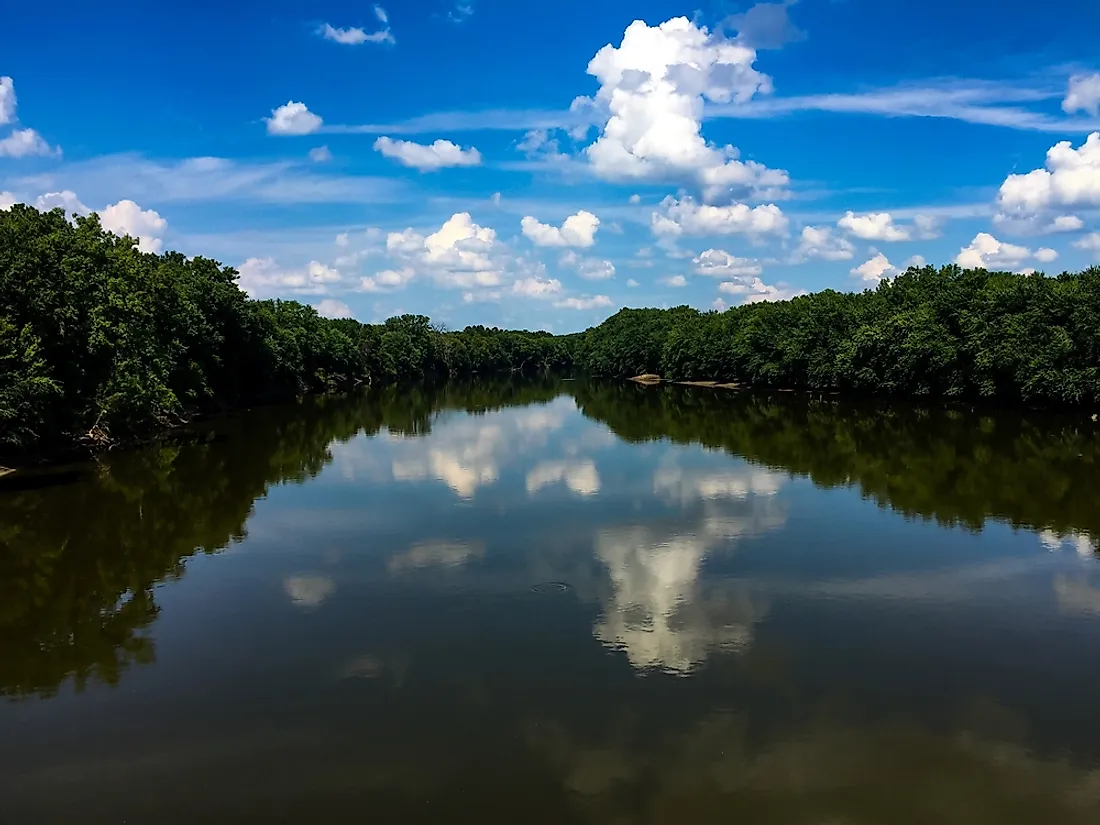The 18 National Natural Landmarks of Illinois

Located in the mid-western region, Illinois is ranked as the sixth most populated state in the US. The capital is Springfield and the most populated city is Chicago. As a capital, Springfield hosts the famous Abraham Lincoln Presidential Library and Museum and other important state and Federal agencies. The state is also home to several natural landmarks that have been declared as national natural landmarks and are either owned privately or state-owned. The national natural landmark program is responsible for identifying and recognizing natural sites and conserving them. Voluntary participation is the norm for such programs since it started on May 18, 1962.
18 Natural Landmarks of Illinois
Forest of the Wabash
The forest is home to trees of 64 different exotic species, many of which are tall, reaching even 120 feet. Several species of birds are also found here, and it is regarded as an important bird area. After being declared as a national natural landmark in 1966, a state park was created in order to protect the trees from extinction due to commercial logging. The white oak is found here, and it is regarded as the state tree of Illinois while one of the American sweet-gum trees has been branded as a state champion owing to its huge size.
Horseshoe Lake State Park
The state park sits on 2,400 acres of land in Alexander County, Illinois. The lake is an ox-bow shaped lake, and it was once a part of the Mississippi River before it broke off. The park is home to species of exotic flora and fauna as well as trees like the bald cypress and tupelo trees. The American lotus flower also grows here. The public is allowed into this park which was declared a national natural landmark in 1972. Conservation is aimed at preserving the trees and the species of birds like the mallard duck and fish like the bluegill.
Lower Cache River Swamp Park
Declared a National Natural Landmark in 1980, the park is home to high-quality wetlands that have a variety of flora and fauna as well as the trail system famous for endangered species of trees. The area has a historical significance as a former trading post among indigenous populations. Due to the swampy nature of the area, early settlers fell sick due to malaria and died. The cypress trees were cut down for their wood, which was used to manufacture boats. Conservation is done through a public-private partnership despite the tensions that are often experienced between the locals and conservation organizations.
Conservation of Natural Landmarks
While it is necessary to maintain these national natural landmarks, local interests may not always align with these conservation efforts. In the case of the Cache river basin, there was considerable tension between the conservation groups and the local landowners who fear that conservation may mean that they would lose valuable property and hunting space.
The 18 National Natural Landmarks of Illinois
| Rank | Name | Date | County | Ownership |
|---|---|---|---|---|
| 1 | Horseshoe Lake | 1972 | Alexander | State |
| 2 | Mississippi Palisades | 1972 | Carroll | State |
| 3 | Busse Forest Nature Preserve | 1980 | Cook | County |
| 4 | Markham Prairie | 1987 | Cook | Federal, state, private |
| 5 | Little Grand Canyon | 1980 | Jackson | Federal |
| 6 | Heron Pond - Little Black Slough Nature Preserve | 1972 | Johnson | State, private |
| 7 | Lower Cache River Swamp | 1980 | Johnson, Pulaski | State, private |
| 8 | Illinois Beach Nature Preserve | 1980 | Lake | State |
| 9 | Volo Bog Nature Preserve | 1972 | Lake | State |
| 10 | Wauconda Bog Nature Preserve | 1972 | Lake | County |
| 11 | Funks Grove Nature Preserve | 1974 | McLean | State, private |
| 12 | Fults Hill Prairie Nature Preserve | 1986 | Monroe | State |
| 13 | Allerton Natural Area | 1970 | Piatt | State |
| 14 | Bell Smith Springs | 1980 | Pope | Federal, private |
| 15 | Lusk Creek Canyon | 1980 | Pope | Federal, state |
| 16 | Giant City Geological Area | 1980 | Union | State |
| 17 | LaRue-Pine Hills Ecological Area | 1974 | Union | Federal, state, private |
| 18 | Forest of the Wabash | 1965 | Wabash | State |











